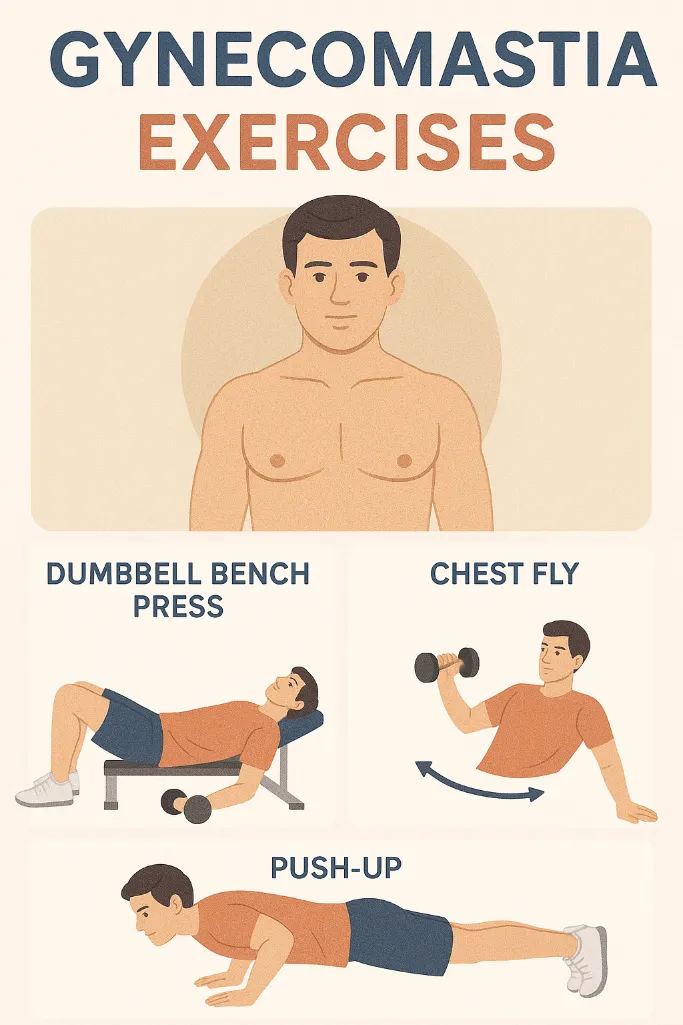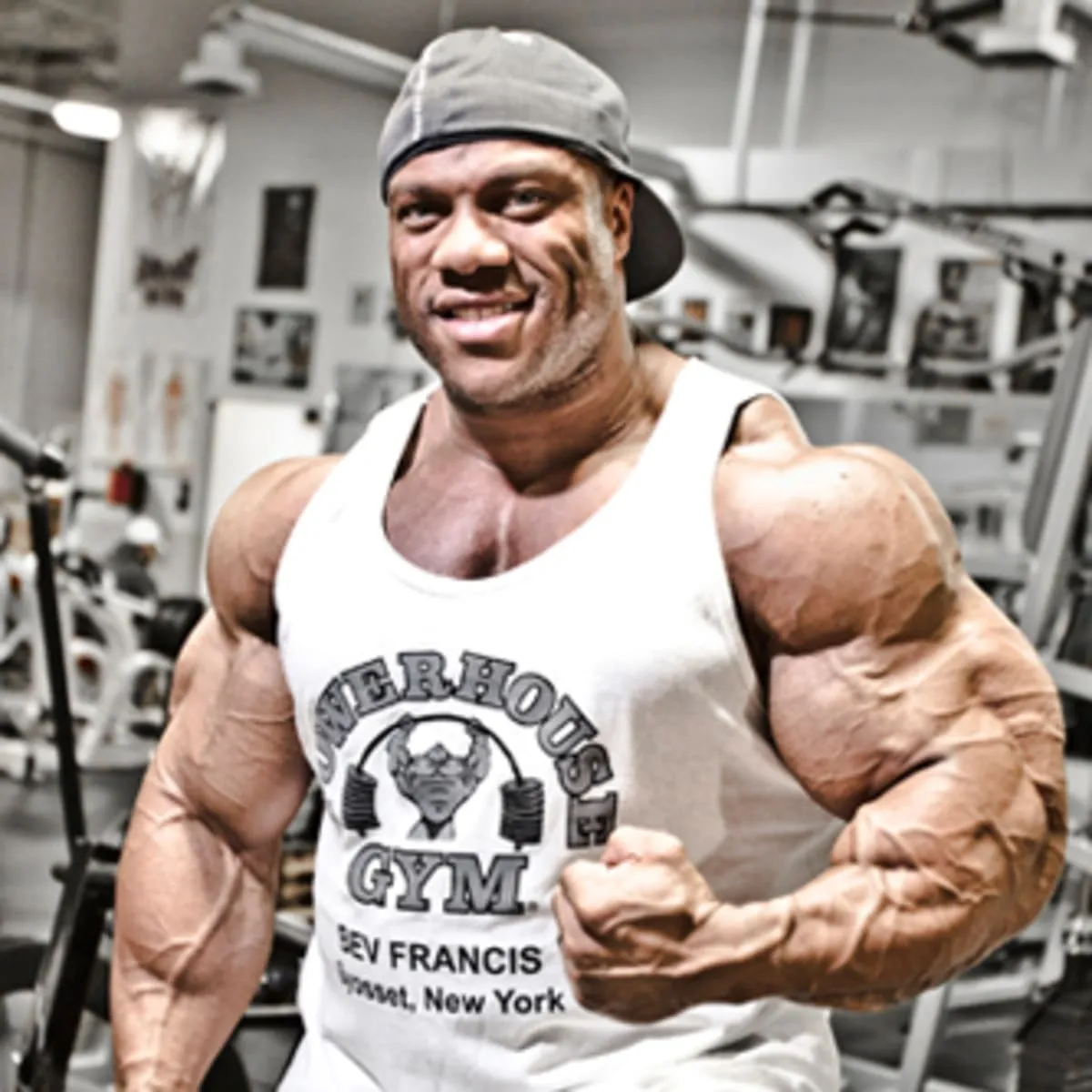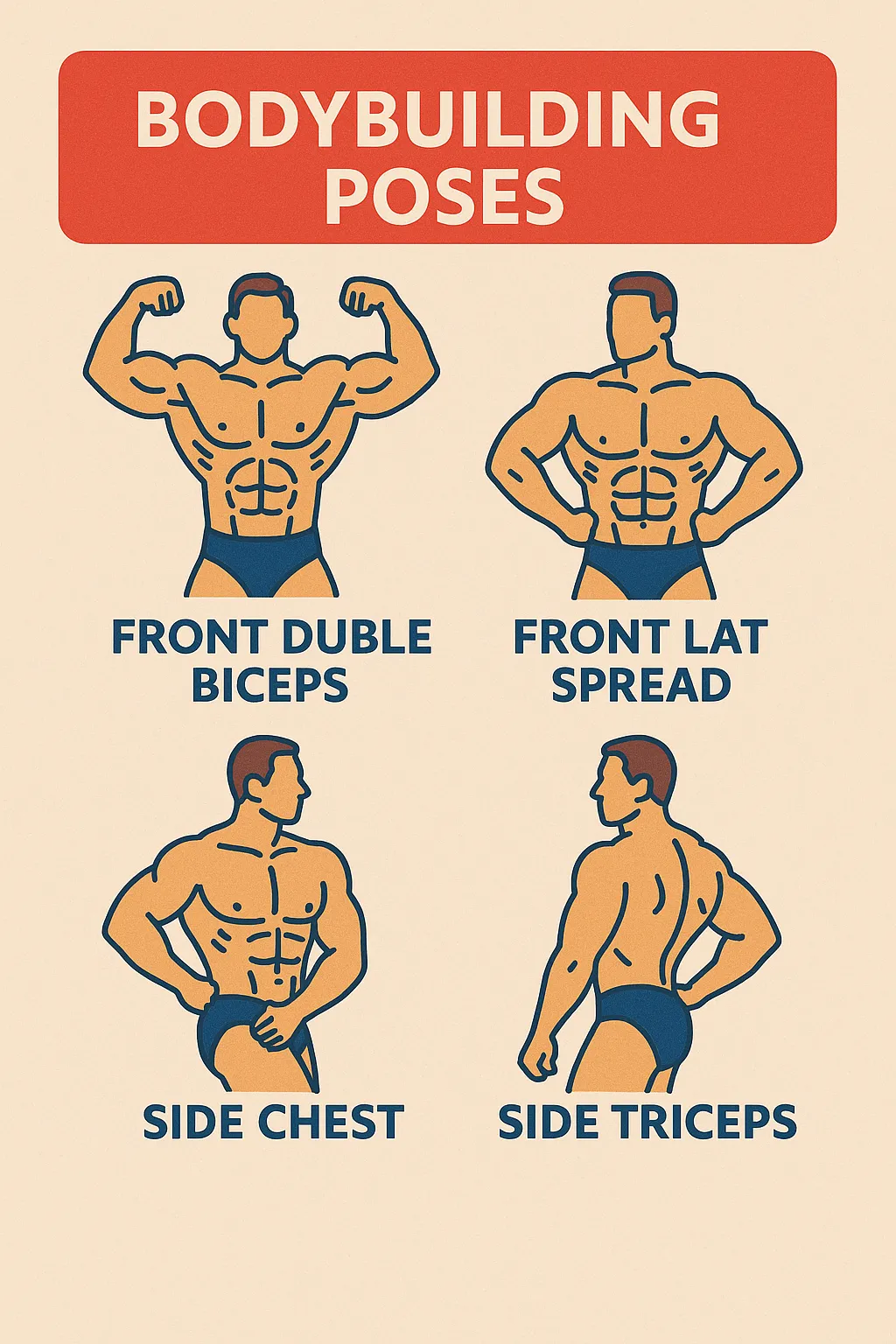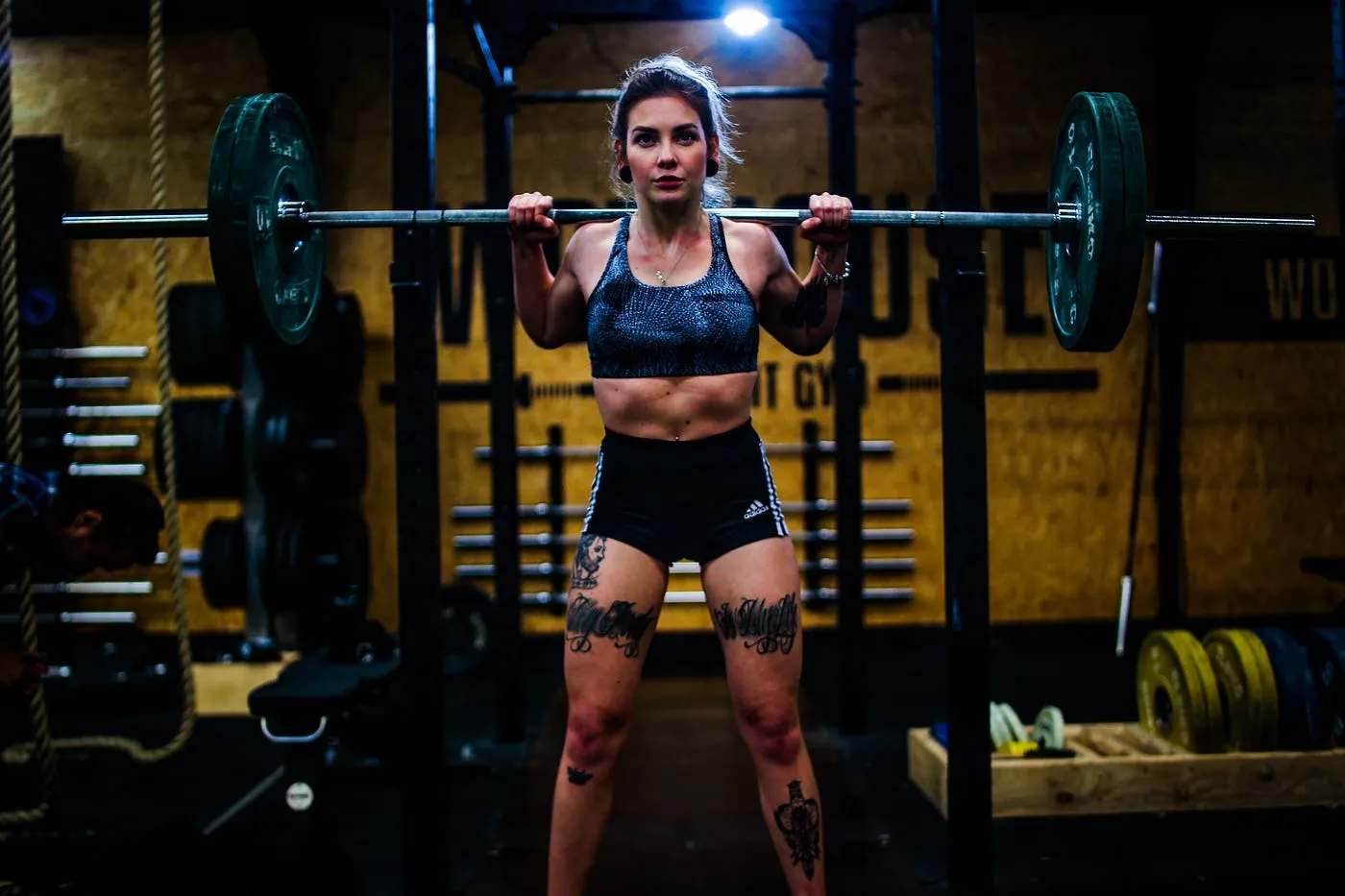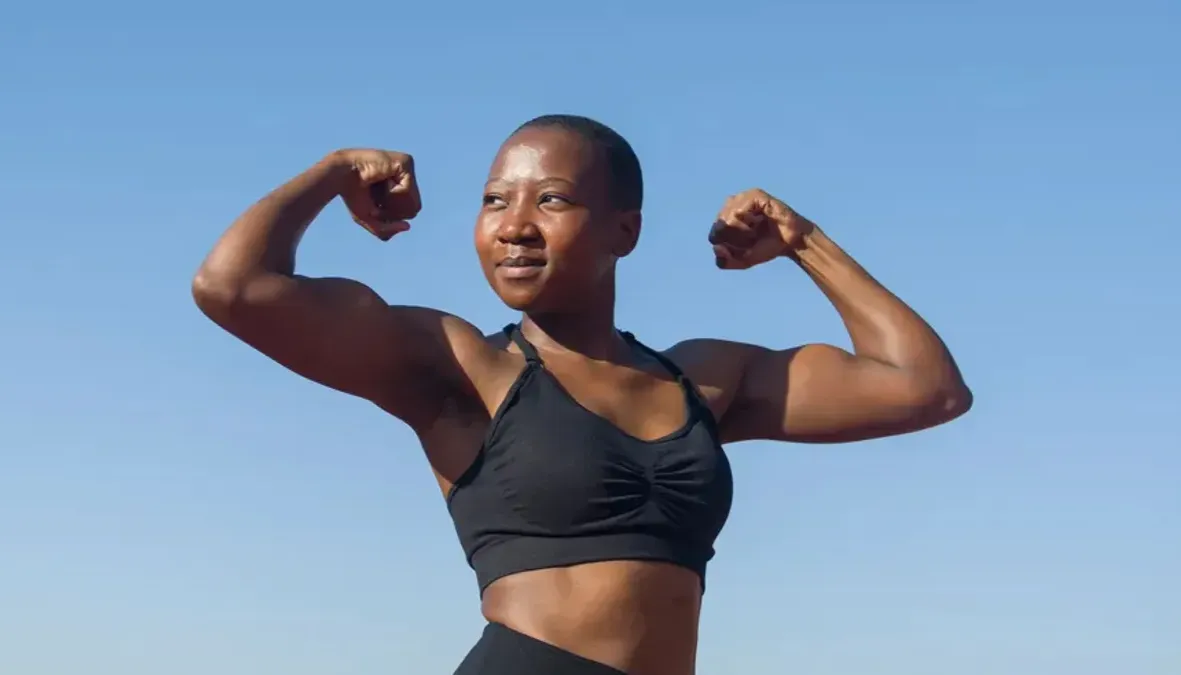Gynecomastia, a condition characterized by the enlargement of breast tissue in males, is often referred to as “man boobs.” It can be caused by hormonal changes, obesity, certain medications, or underlying health conditions.
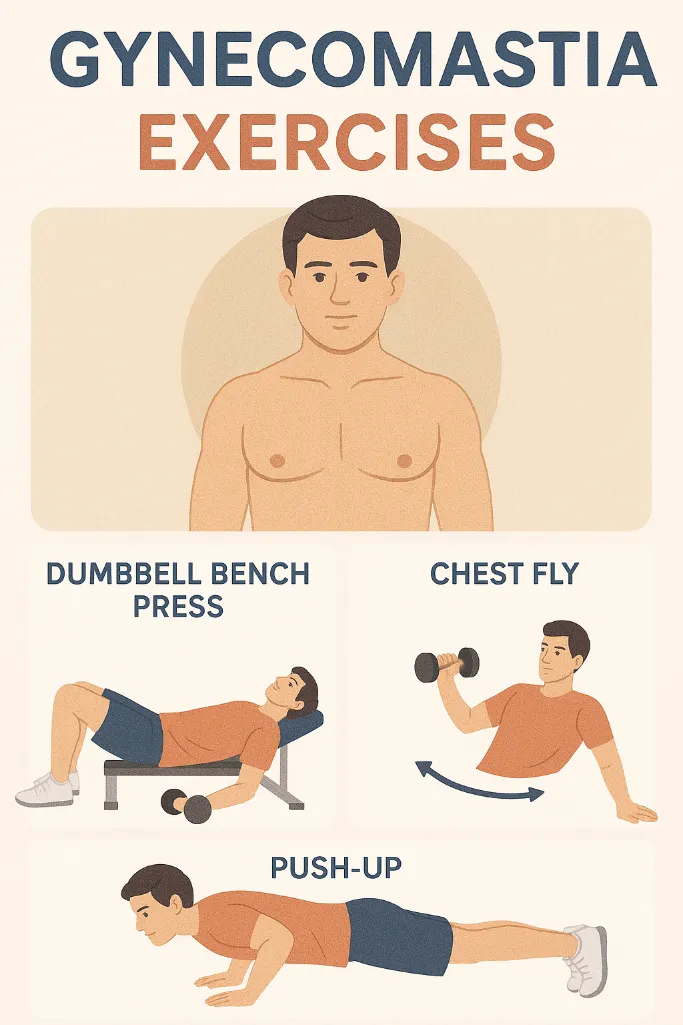
Although in a few very severe situations, surgery is the most successful option, a lot of other guys are looking for non-invasive gynecomastia treatment to handle and eliminate gynecomastia. One of the most fruitful and organic routes is through strategic physical training.
This ultimate guide will provide you with everything you need to know about gynecomastia exercises and how to effectively combat the condition through targeted workouts and lifestyle changes.
What is Gynecomastia?
Gynecomastia is defined as the benign enlargement of breast gland tissue in males, which is frequently caused by an imbalance in the estrogen to testosterone ratio. It can happen at any age, but is most prevalent at three stages of life: in infancy, adolescence, and in older age.
Causes of Gynecomastia
• Hormonal Imbalance – Low testosterone and high estrogen.
• Medications – Anti-androgens, anabolic steroids, antidepressants, etc.
• Medical Conditions – Liver disease, kidney failure, tumours, hyperthyroidism.
• Substance Use — Alcohol, cannabis, opiates, and illicit stimulants.
• Obesity – Excess adipose tissue can increase the production of estrogen and give rise to a gynecomastia-like appearance.
It’s crucial to differentiate true gynecomastia (glandular tissue) from pseudo-gynecomastia (fat accumulation), since the latter is more likely to respond to exercise.
Will Exercise Remove Gynecomastia?
If you are suffering from pseudo gynecomastia, then a great combination of cardiovascular activity, strength training, and dietary changes can help reduce fat deposits in the chest area. If glandular tissue (true gynecomastia) causes the breast enlargement, exercise alone probably won’t be enough, and you should see a doctor.
That being said, there are so many helpful things about exercise:
• Helps decrease total body fat, including chest fat
• Boosts testosterone levels
• Improves the tone of the muscles in the chest
• Enhances self-esteem and posture
• Now, let us discuss about the possible workouts that can help you flatten your gynecomastia.
Exercises That Help Reduce Gynecomastia
If you want gynecomastia, you have to incorporate a combination of cardio, strength, and chest-specific exercises. Here is a directory of what works, organised by category:
1. Cardiovascular Exercises
Cardio will burn calories and help you shed body fat. Here are a few that work well:
Running or Jogging
• Burns a ton of calories
• Enhances cardiovascular fitness and metabolic health
• Exercise for 5 days a week for a minimum of 30 minutes
Jump Rope
Disclaimer: This is not medical advice.
• Good for stamina and fat loss
Swimming
• Chest, arms, and back workout
• Easier on the joints, but provides a strong cardiovascular effect
Cycling
• Boosts leg strength and burns fat
• Dwelling or out-of-doors biking is efficient for weight loss
It may also be responsible for some of the benefits of HIIT (High-Intensity Interval Training):
• Doing short spasms of high intensity with recovery
• Enhances metabolic rate and fat-burning mechanism
2. Strength Training
Strength training not only builds muscle but also increases testosterone and promotes fat loss. Prioritise compound movements for your entire body.
Push-Ups
• Target chest, triceps, and shoulders
• Variations: standard, wide-arm, decline push-ups
• Aim for 3 sets of 15–20 reps
Bench Press
• Targets the pectorals, triceps, and deltoids
• Variations: flat, incline, decline bench press
• Barbell or dumbbells; 3–4 sets of 8–12 reps
Dumbbell Flys
• Isolates chest muscles
• With flat or incline bench for variation
• 3 sets of 12 reps
Chest Dips
• Builds lower chest and triceps
• Requires: parallel bars or dip station
• 3 sets to failure
Cable Crossovers
• Great for making the chest muscles more well-defined
• Modify the positioning of pulleys for upper or lower chest work
Core and Upper Body Training
These workouts indirectly aid chest toning by strengthening muscles around the chest area.
Plank Variations
• Engage core and chest
• Hold for 30–60 seconds per set
Dumbbell Pullover
• Targets chest and lats
• 3 sets of 10 reps
Lat Pulldowns and Rows
• Support upper body posture
• Lifts sagging breasts
Sample Weekly Workout Plan
Here’s a beginner-level workout plan to help reduce gynecomastia:
Monday: Chest + Cardio
• Push-Ups – 3 sets of 20
• Bench Press – 4 sets of 10
• Dumbbell Flys – 3 sets of 12
• 30-minute jog
Tuesday: Back + Core
• Lat Pulldown – 4 sets of 10
• Seated Row – 3 sets of 12
• Planks – 3 x 45 seconds
• 20-minute HIIT
Wednesday: Rest Day or Active Recovery Day
Thursday: Full Body Strength
• Squats – 3 sets of 15
• Deadlifts – 3 sets of 8
• Dumbbell Pullover – 3 × 10
• 30-minute walk or jog
Friday: Chest Focus
• Incline Bench Press – 4 × 8
• Decline Push-Ups — 3 × 20
• Chest Dips – 3 sets till failure
• Jump Rope – 20 minutes
Saturday: Cardio + Core
• Cycling – 30 minutes
• Crunches – 3 sets of 25
• Russian Twists – 3 sets of 20
• Planks – 3 × 60 seconds
Sunday: Rest
Diet and Lifestyle Changes That May Support Gynecomastia Reduction
Just exercising is a waste of energy if you do not have a clean diet and good habits.
Eat a Balanced Diet
• Protein Rich: Eggs, Lean Beef, Tofu, Chicken, Fish
• Monounsaturated Fats: Avocados, nuts, seeds, olive oil
• Complex Carbs: Whole grains, vegetables, legumes
• Steer clear of sugar and processed foods
Reduce Estrogenic Foods
• Reduce soy products, processed meats, and alcohol that can impact estrogen levels.
Natural Way to Increase Testosterone
• Weight training, sufficient sleep, foods rich in zinc (like oysters), and stress reduction can enhance testosterone.
Stay Hydrated
• Water increases metabolism and promotes fat burning
Get Enough Sleep
• Quality sleep (7–9 hours) helps balance hormones and recover
Common Mistakes to Avoid
• Spot Reduction Myth – You cannot lose fat from one body part. Focus on total fat loss.
• Overtraining – Rest is important; don’t work out the same muscle groups every day.
• Ignoring Your Diet – No workout is good enough to compensate for a bad diet.
• Ignoring Medical Causes — If exercise isn’t working, talk to a doctor about underlying causes.
When to See a Doctor
If there is no change after literally months of following a consistent routine of exercise and nutrition, it might be time to see a health care provider. They can identify if your gynecomastia symptoms are due to glandular tissue or fat and can suggest an appropriate treatment course, ranging from hormone therapy to surgery if need be.
Final Thoughts
While gynecomastia can be an emotional challenge, if the problem is just leftover fat, it is fairly manageable and has been largely accepted as a typical part of the human condition. A consistent routine of cardio, including weights and a specific meal plan, can help clear the chest and help boost your confidence.
Here that takes time; progress is not a sprint. Be consistent, keep a track of your progress and pat yourself on the back for the little victories you achieve throughout the process. Whether you’re looking to feel more confident at the beach or simply improve your health, these gynecomastia workouts will be an advantageous step in the right direction.

